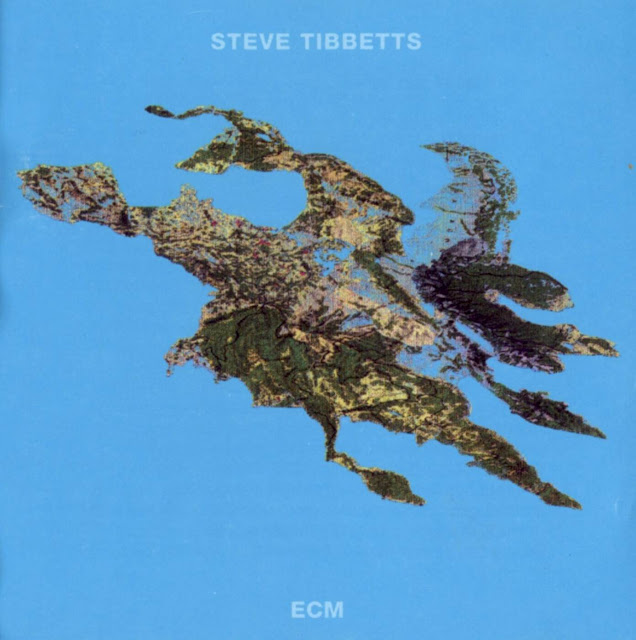
An ECM favorite. Moody, pensive fourth world guitar (dobro?) ramblings, with tabla, kalimba, cello, pianolin, cello, and a slew of percussives by Tibbetts’s long-time collaborator Marc Anderson. Steel drums have never sounded so chilly! In spite of Tibbetts’s propensity for eastern instruments and modalities (and even for direct sampling, as in the field recordings of Nepalese chanting in the last three tracks), this record has always felt inescapably Appalachian to me. (Spoiler alert: the opener is a cover of Led Zeppelin’s “Black Mountain Side.”)





